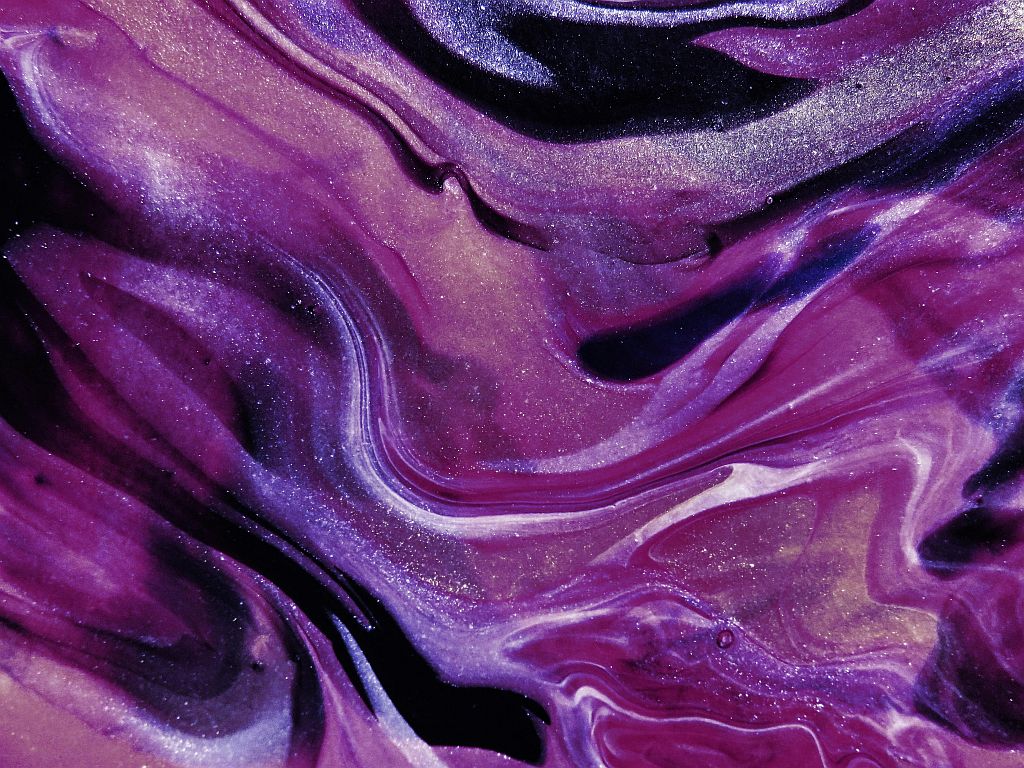
Nine Things to Know about Beautiful Purple Tea
Michele LillieWelcome, tea enthusiasts, to a delightful exploration into the captivating realm of Purple Tea. In this blog post, we embark on a journey to unravel the mysteries behind this unique tea variety, discovering its origins, exceptional characteristics, and why it holds a special place in the hearts of tea connoisseurs worldwide. Here are nine essential things to know about this beautiful tea.

Is Purple tea a new category of tea?
No, Purple tea comes from the buds and leaves of the Camellia Sinensis plant, just like all black, green or oolong teas. Which category a particular tea fits in depends on how the tea leaves are processed after plucking. Read this post for more information on tea processing. Purple tea may be processed either as an unoxidized green tea or an oxidized black tea.
Why is it called Purple tea?
The name comes from the fact that the leaves flush purple, not green, as is typical of the tea plant.
What makes the leaves purple?
The leaves are purple due to the high levels of anthocyanins. Anthocyanins are pigments found naturally in food and are responsible for the red, purple, and blue colors in fruits and vegetables. They are what make blueberries blue and grapes purple. Purple tea has numerous varieties of anthocyanins, each imparting a distinct hue. The leaves are purported to have more anthocyanins than blueberries. According to the National Institutes of Health, these anthocyanins have antioxidative properties, making them healthful substances.

Why do some tea plants produce purple leaves?
There is a group of varietals of the tea plant that naturally sprout purple leaves. Others, though, do it in response to environmental stressors. Plants that normally produce green leaves can start to flush purple if they undergo a lot of stress from the sun. Anthocyanins act as a plant sunscreen as they try to protect the plant from excessive damage due to UV radiation.
Where is purple tea grown?
Most purple tea is grown in the Yunnan region of China or Kenya, although Japan has recently developed its own purple tea.
What are the types of purple tea?
Zi Cha
The Yunnan province of China is a prolific tea-producing area. The Assamica variety of the tea plant grows there and is processed into famous Puerh teas and bold black teas. If this plant gets too much sun, it will flush purple. When picked, those leaves might be mixed with other leaves to make Puerh tea. If there is a sufficient quantity of these purple tea leaves, some producers will make them into special purple tea cakes called Zi Cha cakes. This kind of purple tea is rare and is, at most, 1% of the leaves picked in Yunnan.
Zi Juan
This type of purple tea comes from a man-made cultivar created during the 1990s. It is a result of crossing a Fujianese tea plant that was flushing purple with the Assamica in Yunnan. It was created by the Yunnan Tea Authorities. It is currently on the market being sold as “Purple Tea” or “Zi Juan.” The leaves are very purple, and the tea liquor is pinkish. It has a flowery and sweet flavor.
Zi Ya (Purple Bud)
Zi Ya tea is produced from the buds/leaves of a wild varietal of purple tea. This tea plant is known as Ye Sheng and is considered the “original” purple tea. The plants are mainly located and grown at high altitudes in Northern Yunnan, China.
Although the buds/leaves have a purple hue, the color of the tea liquor is slightly yellow. The leaves of this cultivar tend to be bitter, whereas the buds are sweeter and softer. It is said to have pine notes and a slight citrus spiciness.
Kenyan purple tea
The Kenyan Tea Research Foundation experimented for over 25 years to create a purple tea varietal through extensive breeding and selection. Today, most of it is sourced from the Nandi Hills, which are between 4,500 and 7,500 feet high.
As opposed to Chinese purple tea, it is generally processed as black tea, which gives it a more woody and slightly bitter flavor.
This type of purple tea is the most prominent on the tea market.
Sun Rouge
This Japanese purple leaf varietal was developed in 2009 after nine years of research. The goal was to produce a green tea high in anthocyanins.
The flavor is grassy with fruity notes and a fair amount of astringency.
How do you brew purple tea?
Brewing technique depends on whether the purple tea leaves were processed as unoxidized green tea or oxidized black tea. This post will give you more specifics. Use the technique that corresponds to the type you have. If you have green tea, use cooler water for a shorter time. If you have black tea, use hotter water for a slightly longer time.
What does purple tea taste like?
That depends on which type of purple tea you have and how it was processed. Generally, the flavor is described as woodsy and slightly sweet.
How do I enhance the purple color?
The color of the liquor of your purple tea will depend on the type you have. The Chinese variety will produce a yellowish liquor. The Sun Rouge will vary from pink to a darker purple or grey, and the Kenyan will be darker.
The color also depends on the pH of the water used to brew the tea, with lighter colors resulting from using water with a lower pH. You may use this to your advantage by lowering the pH by adding a few drops of lemon juice to the cup. This will cause the liquor to become more red, pink or purple.

Join us as we raise our cups to celebrate the enchanting allure of Purple Tea—a testament to the boundless possibilities that await those who dare to explore the endless depths of tea culture. Cheers to a journey filled with discovery, delight, and, of course, delicious tea!